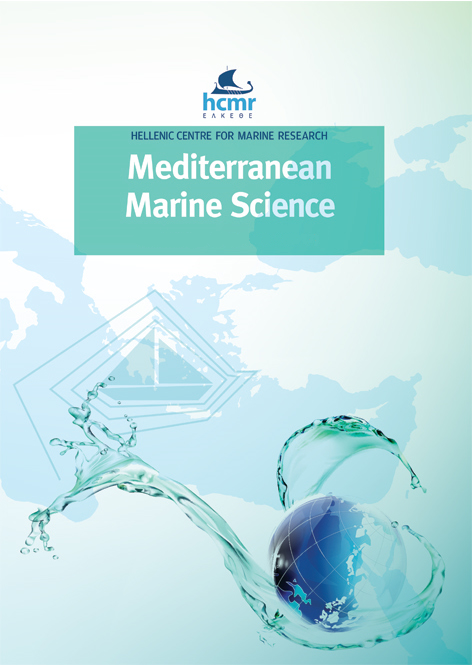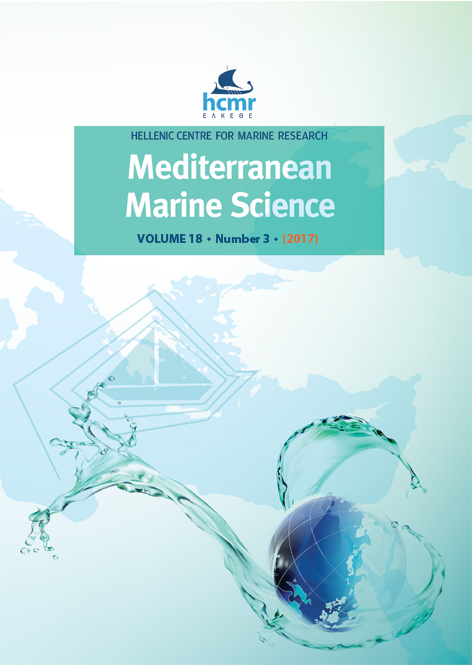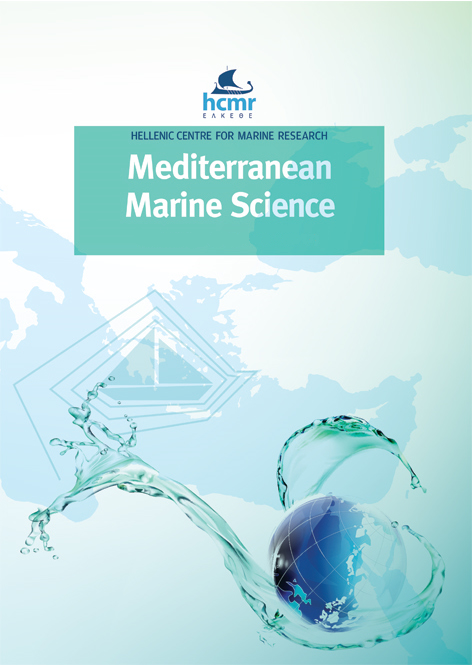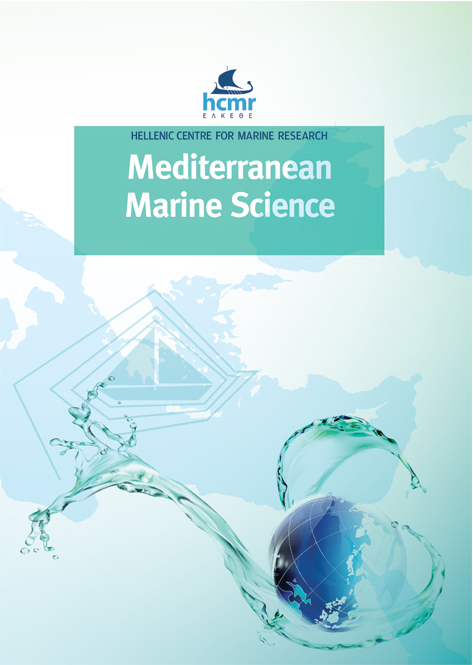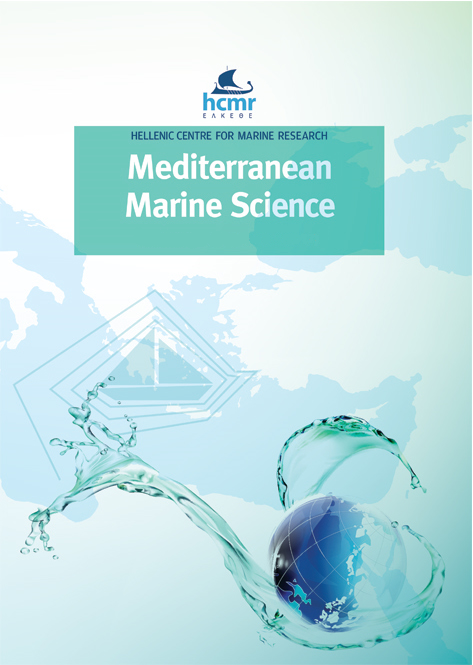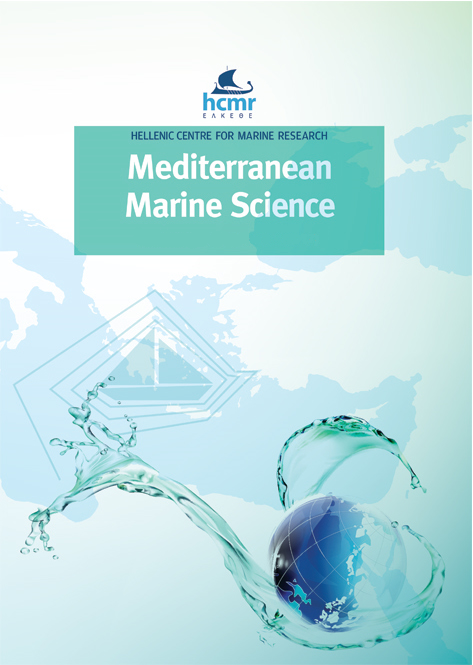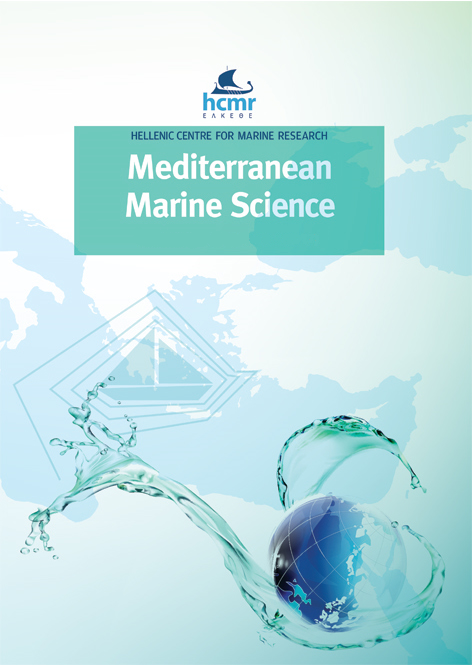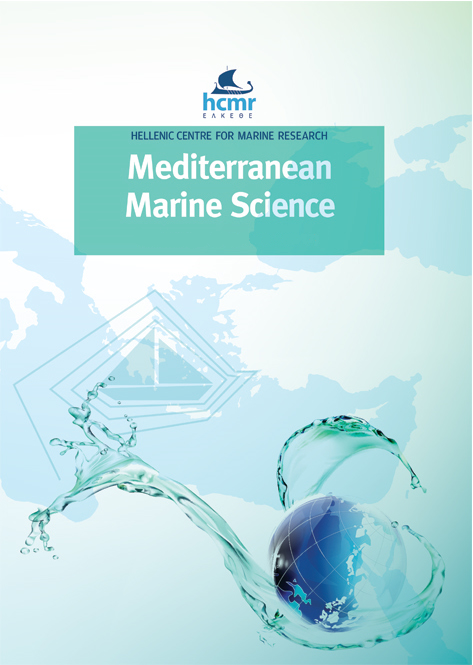Going west: the spread of non-native Microporella (Bryozoa) species on drift plastic debris
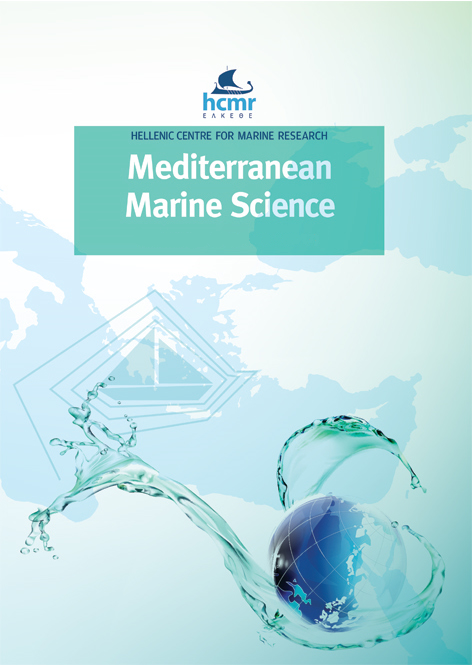
Abstract
Despite being a major threat to biodiversity, often causing homogenization and banalization in ecosystems, the understanding of marine bioinvasions remains limited, especially regarding non-economically important taxonomic groups and newly emerging vectors or dispersion pathways. In this paper, we report the finding of viable colonies of five Microporella species on plastic debris stranded on sandy beaches, predominantly in the Ionian Sea, and subordinately in the Tyrrhenian Sea and Sicily Strait. Three species, M. appendiculata, M. modesta and M. ichnusae, are native to the Mediterranean, with the former two widespread in the investigated area, and the latter previously known only from its type locality in northwestern Sardinia, now widening its known distribution range to the west coast of Sicily. Conversely, findings of M. hastingsae and M. browni in Sicily represent localities far from their previously known distributions in the Suez Canal and the Levantine and Red Sea-Indian Ocean regions, respectively. We suggest that these pioneering colonies, found on drift plastics between April 2023 and May 2024, may have arrived through rafting by surface currents, at least in the western Ionian Sea. Human activities, especially commercial and recreational shipping, may have also facilitated their spread, especially in the Tyrrhenian Sea and the Sicily Strait. Fouling on buoyant plastics could originate directly from unknown populations in the eastern Mediterranean, or secondarily through shipping, which may have introduced larvae that subsequently attached to plastics along the coast of Sicily. These findings point to the need for further investigations to confirm whether established populations of M. hastingsae and M. browni exist in coastal artificial and/or natural habitats in these areas.
Article Details
- How to Cite
-
ROSSO, A., DI MARTINO, E., & SIDDIOLO, C. (2025). Going west: the spread of non-native Microporella (Bryozoa) species on drift plastic debris. Mediterranean Marine Science, 26(1), 71–89. https://doi.org/10.12681/mms.38996
- Section
- Research Article
Authors who publish with this journal agree to the following terms:
- Authors retain copyright and grant the journal right of first publication with the work simultaneously licensed under a Creative Commons Attribution Non-Commercial License that allows others to share the work with an acknowledgement of the work's authorship and initial publication in this journal.
- Authors are able to enter into separate, additional contractual arrangements for the non-exclusive distribution of the journal's published version of the work (e.g. post it to an institutional repository or publish it in a book), with an acknowledgement of its initial publication in this journal.
- Authors are permitted and encouraged to post their work online (preferably in institutional repositories or on their website) prior to and during the submission process, as it can lead to productive exchanges, as well as earlier and greater citation of published work (See The Effect of Open Access).





